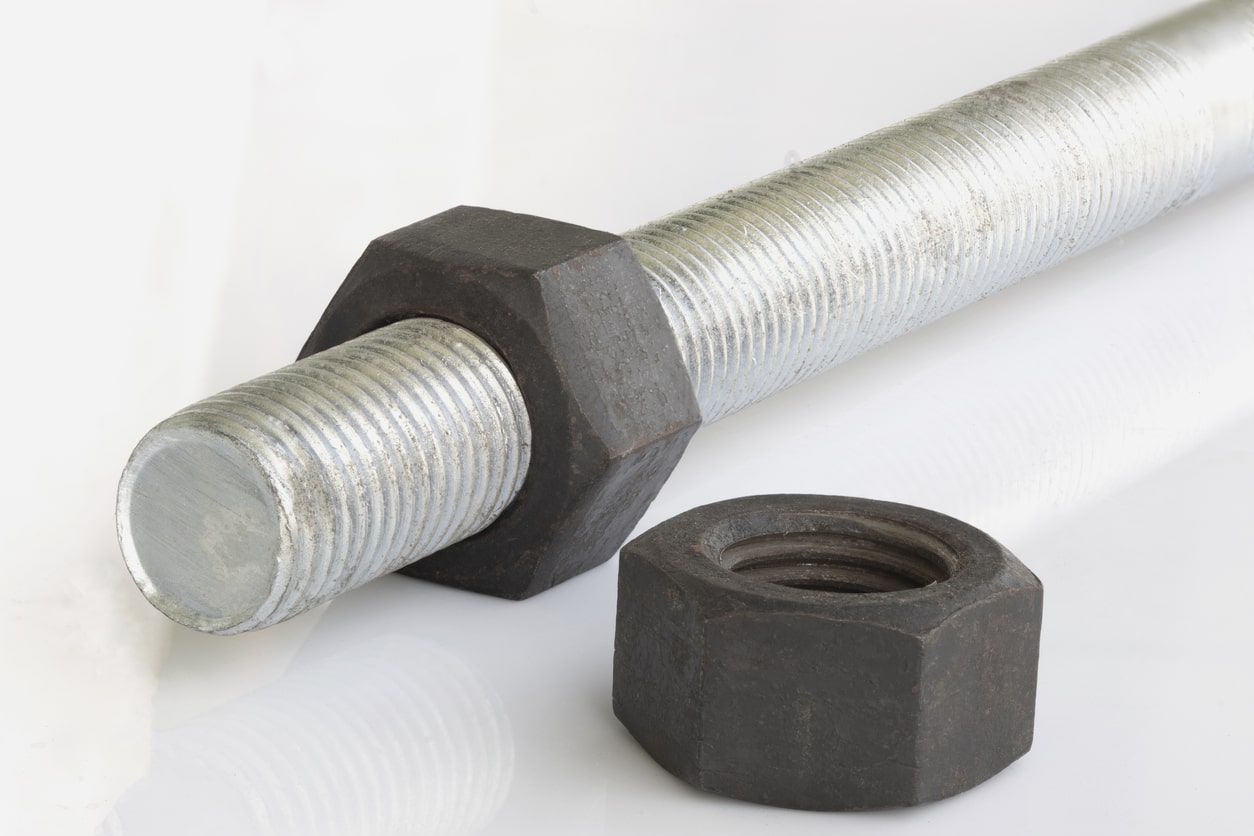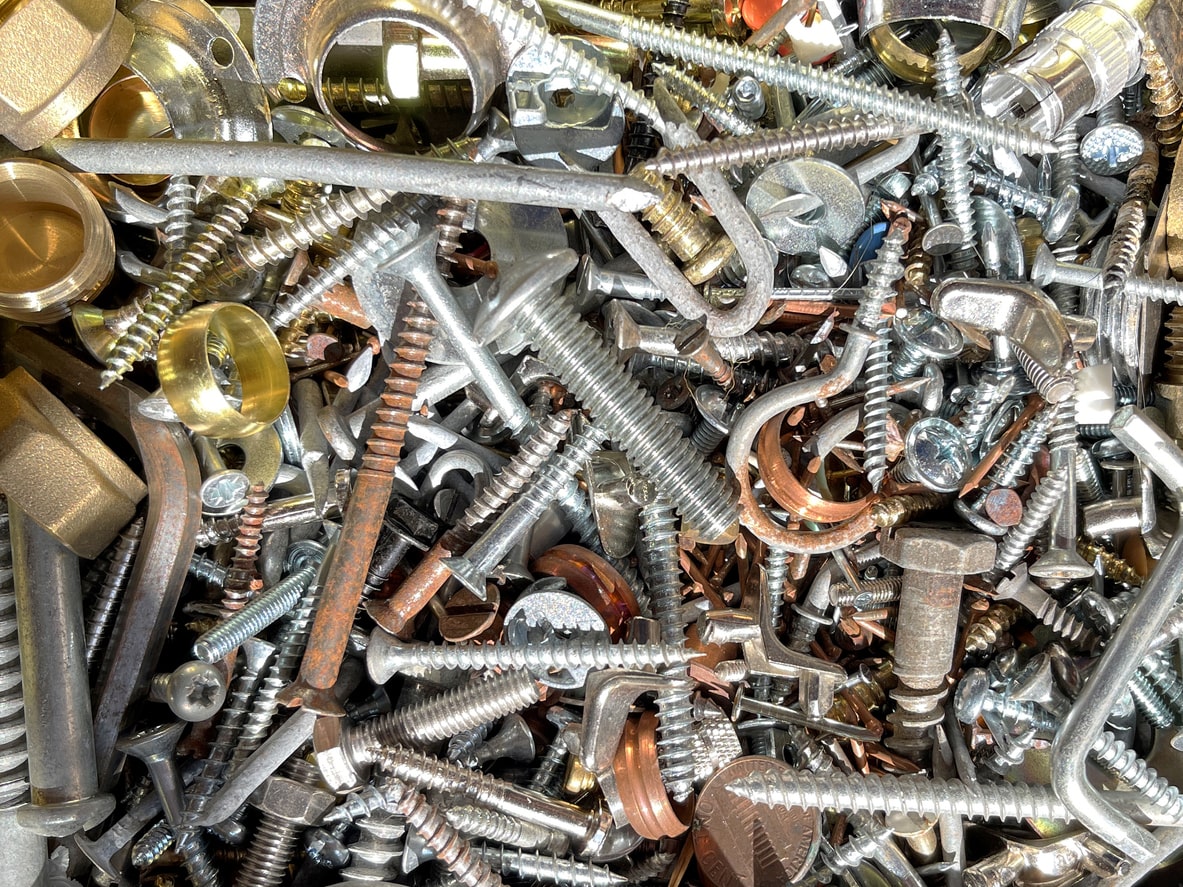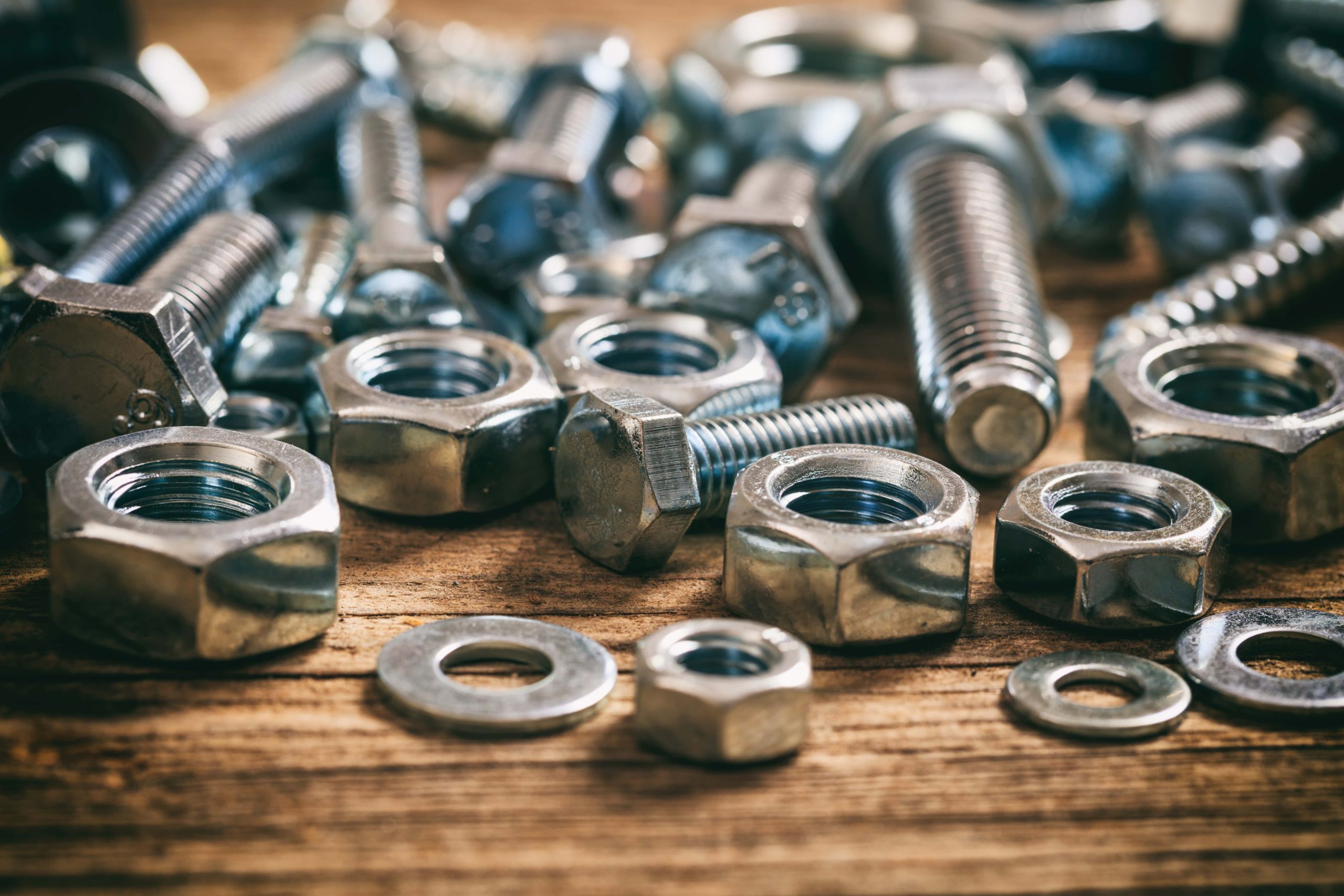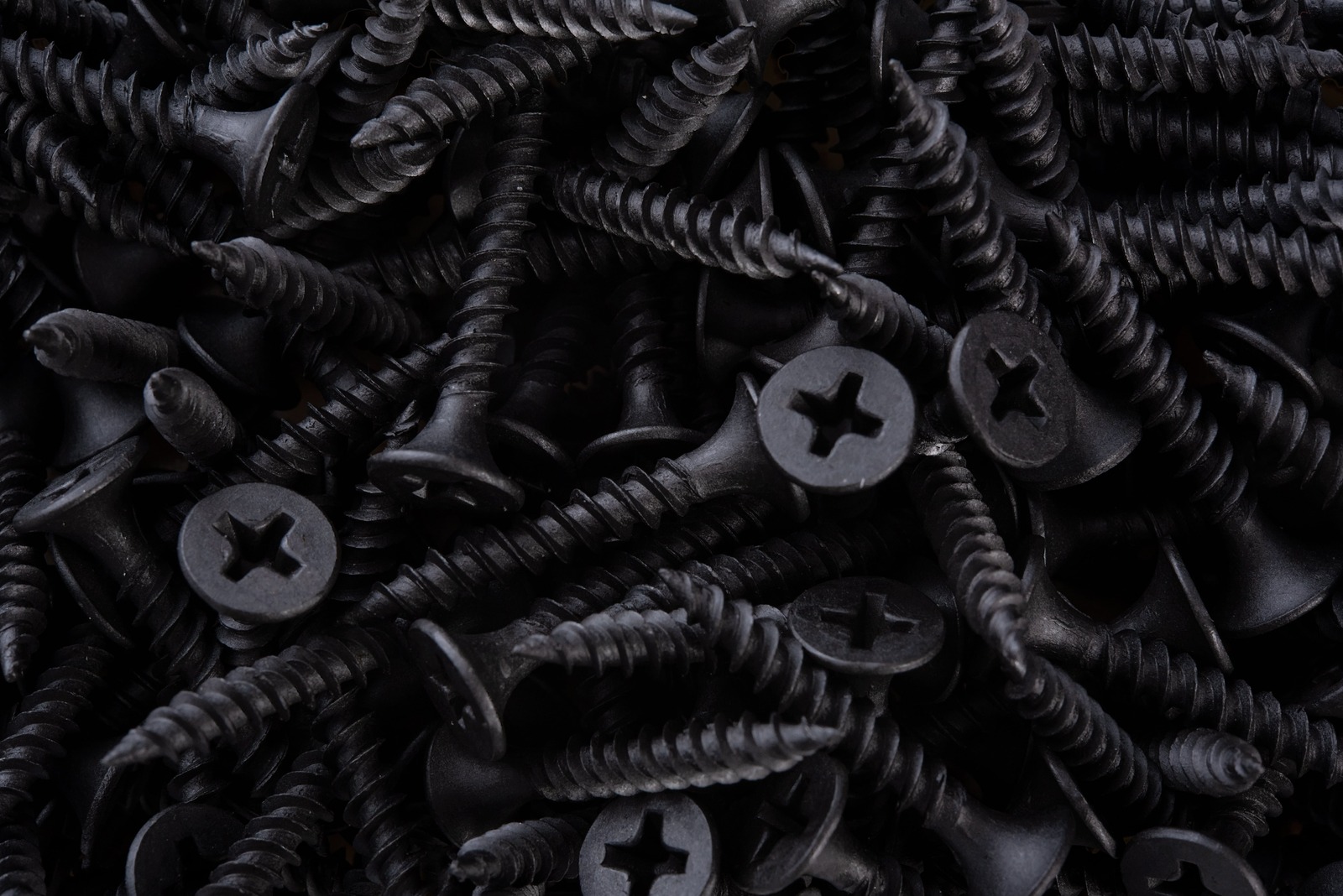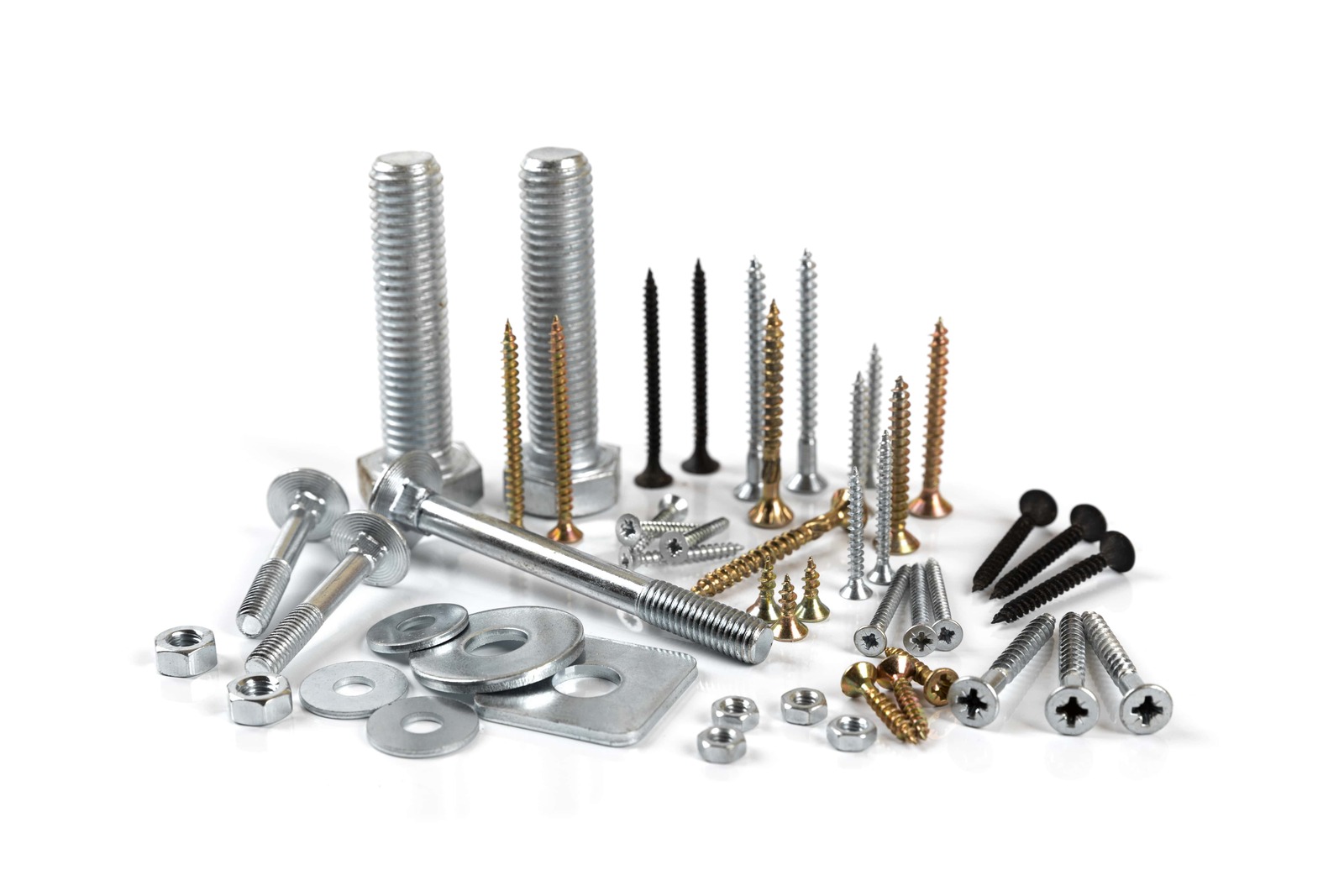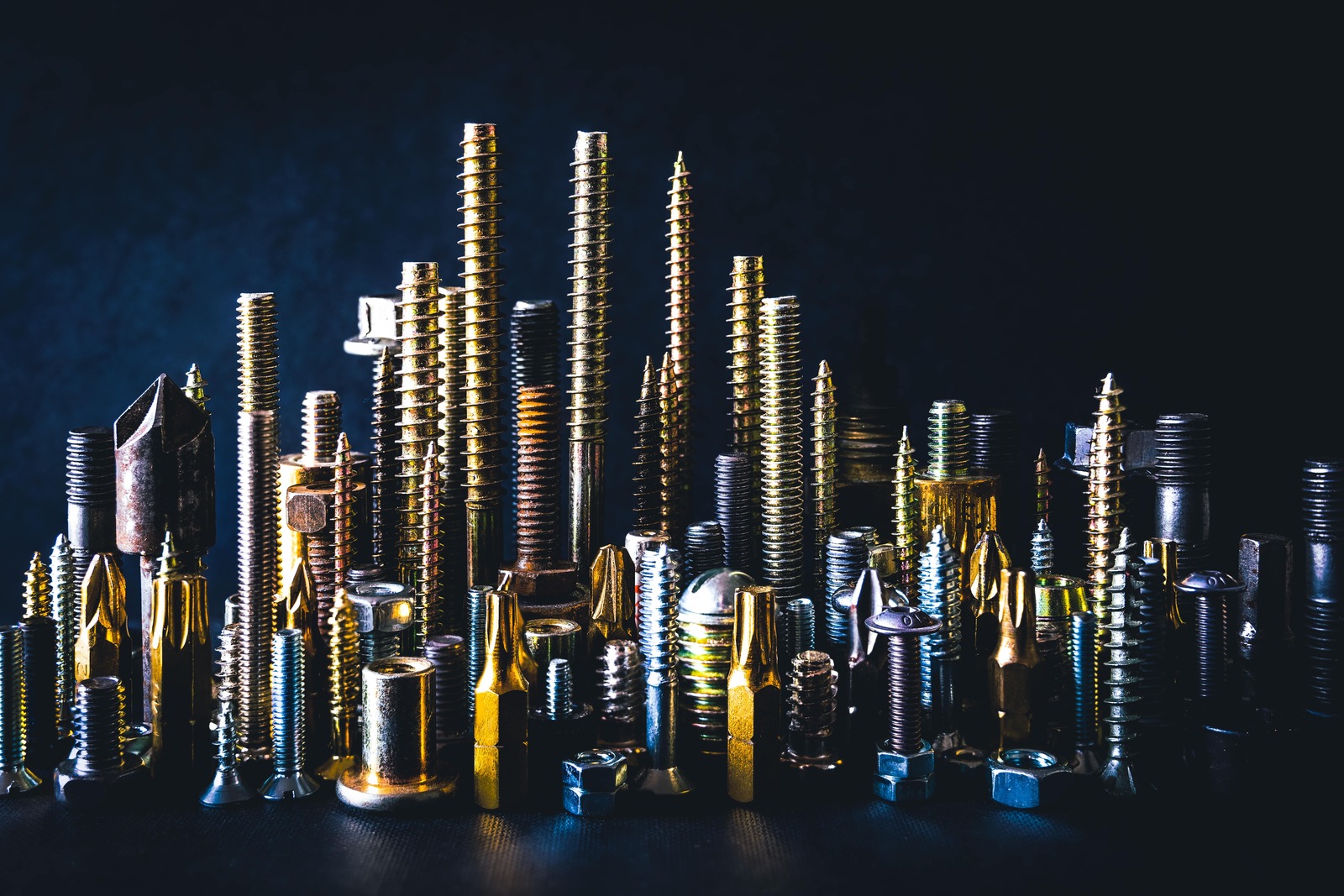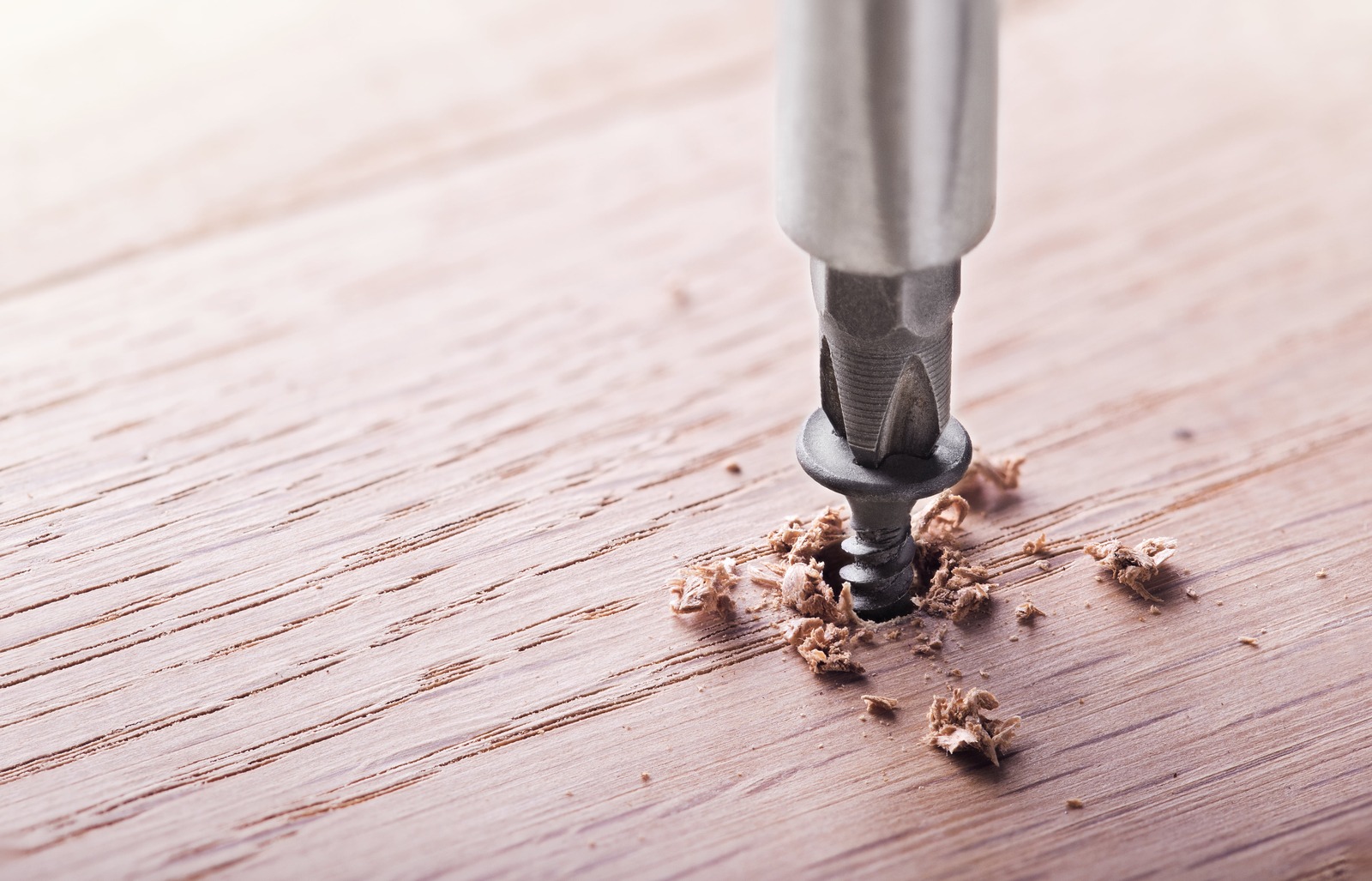The Unsung Heroes of the Industrial World
In the vast expanse of the modern industrial landscape, towering skyscrapers reach for the skies, vehicles course through our roads with precision, and magnificent bridges stretch across nature’s challenges, linking worlds. At the heart of these marvels lie the nuts and bolts, ensuring everything stands tall and functions seamlessly. Though often hidden from view and seemingly insignificant, their importance is monumental, acting as the very backbone of our infrastructural achievements. With the modern world changing and technology pushing boundaries at every turn, even these traditional elements are undergoing rigorous innovation and redesign. This comprehensive exploration delves deep into the intricate world of fastening, bringing to light the novel innovations and emerging trends shaping the future of nuts and bolts.
The Growing Demand for Lightweight Solutions
Modern industries are progressively evolving, with a resounding focus on maximising output while minimising input. Take the aerospace and automotive sectors, for instance. Both have recognised the immense benefits tied to weight reduction — be it in soaring fuel efficiencies, acceleration in performance, or drastic drops in carbon emissions. Consequently, this has ignited a powerful demand for lightweight yet robust nuts and bolts. Leading this transformative shift are advanced alloys, especially those formulated from titanium and aluminium. These aren’t just celebrated for their feather-light nature. Their intrinsic resistance to the corrosive forces of nature ensures that they promise both resilience and extended lifespan, making them invaluable assets in modern assembly and construction.
Smart Fasteners: The Intersection of Tech and Nuts & Bolts
In the dynamically evolving digital era, the seamless fusion of traditional industries with cutting-edge technology has become more of a norm than an exception. This intertwining of worlds has birthed the age of “smart” nuts and bolts. These are not your everyday fasteners. Integrated with micro-sensors and advanced electronics, they provide an unprecedented level of insights, right from the heart of structures and machinery. With the ability to vigilantly monitor diverse parameters, from fluctuating temperatures and internal stress to subtle vibrations, they serve as an active feedback system. This pioneering approach to monitoring stands to completely overhaul traditional maintenance methodologies. By identifying wear and tear at its nascent stages, these intelligent fasteners can herald timely interventions, fortifying safety protocols, and effectively slashing operational expenses by preventing unforeseen breakdowns.
Sustainability and the Circular Economy
As global conversations amplify around sustainability and responsible production, industries worldwide are finding themselves at a crossroads, needing to redefine their operational and manufacturing blueprints. The world of fasteners is deeply entrenched in this transformation. There’s an intensified momentum towards deploying manufacturing methodologies that pivot around recycled or up-cycled materials, ensuring minimal wastage and maximum utilisation. But the commitment to sustainability isn’t restricted to just material sourcing. Every facet of a fastener’s journey, from production to application, is being scrutinised. From leveraging biodegradable lubricants that minimise environmental harm to pioneering eco-friendly coatings that preserve the longevity of the fasteners while reducing their environmental impact, the industry is orchestrating a symphony of green innovations.
The Advent of 3D Printing in Fastening Solutions
3D printing, initially seen as a fascinating domain reserved for tech enthusiasts, has matured to revolutionise countless industries, with the world of nuts and bolts being no exception. The magic of additive manufacturing is truly a game-changer for those in quest of hyper-customised solutions. No longer shackled by the constraints and limitations that traditional manufacturing methods impose, industries are empowered to ideate, design, and realise fasteners that align perfectly with their nuanced requirements. This shift not only champions operational efficiency by curbing wastage but also heralds a new age of innovation. It opens up avenues for the conception and production of fasteners previously deemed unattainable due to complex designs or unique material combinations.
Enhanced Surface Treatments for Increased Durability
To truly appreciate the value of a nut or bolt, one must look beyond its core composition to the very surface that interacts with the world. Surface treatments, though often overlooked, play a paramount role in determining the real-world efficacy and lifespan of these essential components. Modern research and relentless developmental endeavours in this domain have led to revolutionary outcomes, such as the introduction of nano-coatings. These aren’t just ordinary coatings. They promise a spectrum of benefits, from offering formidable resistance against corrosive agents and drastically reducing wear and tear to actively combating microbial growth. With heightened awareness around hygiene and cleanliness, especially in industries like healthcare and food processing, such antimicrobial properties are being heralded as the next big thing in fastening solutions.
Shaping the Future: New Geometric Designs
For decades, if not centuries, the world of fasteners has been dominated by traditional shapes and standardised threads. But as we wade deeper into the age of innovation, driven by challenges in advanced construction, avant-garde engineering, and intricate design, there’s an escalating demand for non-conventional geometric designs. These groundbreaking shapes and threads, a departure from their conventional counterparts, come packed with a slew of advantages, ranging from a more efficient distribution of stress and a tighter, more secure grip, to designs that are tailored specifically to the unique requirements of advanced applications. For instance, a non-traditional thread might offer better load distribution in dynamic environments, reducing the likelihood of fastener failure. Or a uniquely shaped nut might provide a stronger connection in space-constrained designs. As industries continue to evolve and present new challenges, the flexibility to design and utilise custom geometries ensures that our fastening solutions remain not only relevant but also optimal.
Revolution in Raw Materials
Delving deeper than just alloys, the relentless quest for pioneering raw materials is incessantly pushing the boundaries of what’s possible in fastening technology. Materials like advanced composites, renowned for their unique juxtaposition of strength with flexibility, are being rigorously explored as potential game-changers for the next generation of fasteners. Imagine a composite fastener, combining the strength of traditional metals with the flexibility of polymers. Such fasteners would not only bear loads comparable to their metal counterparts but would also introduce added benefits like greater resistance to environmental degradation, shock absorption capabilities, and potentially even weight reductions. This relentless exploration of novel materials stands to redefine the fastening landscape, opening doors to solutions we might not have even envisaged a decade ago.
Automation and Robotics in Fastening
The forward march of industries towards heightened automation has left no stone unturned, and the intricate world of fastening is eagerly joining the parade. Robotic arms, equipped with state-of-the-art sensors and governed by complex algorithms, are finding their rightful place in modern manufacturing setups dedicated to producing nuts and bolts. The implications are profound. With robotics at the helm, the precision, consistency, and efficiency of producing fasteners are elevated to unparalleled levels. Gone are the days of manual errors or inconsistencies in production. In their place, we now have robotic systems that ensure each fastener, from the first to the millionth, meets the exacting standards set by industries. Moreover, with the speed and endurance of machines, production lines are witnessing exponential boosts in their output capabilities.
Global Standards and Regulations
As the world becomes a global village, interconnected by trade, technology, and aspirations, the call for universally recognised and accepted standards in every industry grows louder. For the world of fasteners, this means harmonising the myriad of guidelines, quality checks, and regulations that have been established by nations and regions. The goal is clear: to craft a cohesive set of standards that ensure every nut and bolt, no matter where it’s produced or utilised, meets a benchmark of quality, safety, and consistency. Such synchronised standards are not just about ensuring quality; they are the bedrock upon which international trust is built, facilitating smoother collaborations and partnerships across borders.
Integration of Augmented Reality (AR) and Virtual Reality (VR)
While the realms of AR and VR are often associated with gaming and entertainment, their potential applications span far and wide, and the fastening industry is keenly exploring these horizons. Imagine a technician equipped with AR glasses that overlay real-time data and guidance during the installation of fasteners, ensuring every bolt is placed perfectly and torqued to precise specifications. On the other hand, VR offers immersive training experiences, allowing professionals to practise their skills, learn about new fastening technologies, or even troubleshoot complex scenarios in a virtual, risk-free environment. These technologies are set to bridge the gap between knowledge and application, making the process of fastening more efficient, accurate, and safe.
Consumer-Centric Innovations
Historically, the majority of advancements in the realm of fastening were tailored to meet the nuanced demands of industries. However, a significant shift is underway. As DIY culture proliferates and consumers become more hands-on, there’s a growing emphasis on innovations aimed squarely at the end-user. From smart DIY toolkits integrated with sensors that provide real-time feedback to user-friendly mobile applications that offer guidance on selecting the right fastener for home repairs, the line between professional and personal use is blurring. This trend highlights the industry’s commitment to making advanced fastening solutions more accessible, ensuring that both professionals and everyday enthusiasts benefit from the latest innovations.
Conclusion: Embracing the Evolution
As the chapters of the 21st century continue to unfold, the rapid and multifaceted evolution of nuts and bolts emerges as a testament to humanity’s inexhaustible drive to innovate and optimise. These once-simple components, traditionally tasked with the sole purpose of holding things together, are now at the forefront of technological, ecological, and design revolutions. Their journey, influenced by global demands for sustainability, the relentless march of technology, and the constant pursuit of efficiency, stands as a beacon of progress. This exploration reaffirms a simple truth: the future of fastening is not just about evolving in response to the needs of today but about anticipating, shaping, and defining the wonders of tomorrow. To find out more about the exceptional standard of bolts and nuts we provide at RCF Bolt & Nut, contact our team today.


